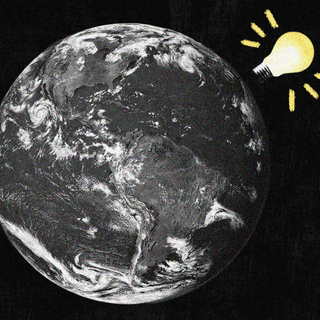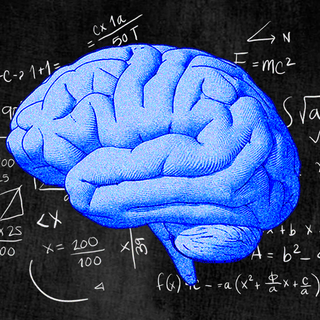We’re in the early phase of the sixth mass extinction — with billions of populations of animals facing “biological annihilation.” Other mass extinction events include the dinosaurs being wiped from Earth. Deforestation, over-harvesting, human-induced climate change, are among some factorsthreatening animals’ survival today. But the species facing extinction may share some common traits — from their sizes to their reproductive habits — according to new research.
Published in PLOS ONE, the study includes data for 74 species of mammals and birds across the world. The researchers analyzed their life-history traits, conservation status, and phylogenetics (evolutionary history) to study the drivers of mass extinction in species. They found body size impacts mammals in general; bird species, on the other hand, were most impacted by their reproduction and growth rate.
“We can use the relationships we found to identify the species that are potentially at risk based on their life-history traits,” said Judy Che-Castaldo from the US Fish and Wildlife Service, one of the authors on the paper. In other words, life-history traits of birds and mammals can help researchers identify those most at risk and bolster efforts to save them.
For the 43 mammals scientists looked at, some common traits linked to endangerment were: body size, reproductive rate, survival rate, carrying capacity. “For a number of decades now, we’ve been able to say that if you’re the size of an eastern grey kangaroo, you’re fine. If you’re the size of an antechinus (small), you’re [mostly] fine,” said Dr. April Reside, who was not involved with the research. But medium-sized mammals, like Australian native mammals including bettongs, bilby, long-footed potoroo — were at most risk. Because they would be targets of larger animals like foxes and cats.
Another factor that influences their survival is generation time — the period of time it takes for a new generation to come up. The finding seems to be that if a mammal lives long and has babies at a later age, it’s more likely to go extinct. “[Generation time] can be an indicator of how quickly species can adapt to climate change and other external factors, and therefore can affect extinction risk,” explained Che-Castaldo.
Think of it this way: “a population of animals is going to take longer to recover from an impact like a drought for instance, if they only have a few offspring and it takes longer for them to become sexually mature,” ABC News also explained.
Related on The Swaddle:
Divorce Rates in Albatrosses May Be Rising Due to Climate Change: Study
Interestingly, the generation time did not impact bird species. The common traits of extinction among bird species are more dependent on how quickly the bird species reproduce and grow. But the pattern was “surprising” according to the researchers. They found that birds that grow fast and reproduce a lot were more likely to be endangered or critically endangered.
The paradox is evident: birds reproducing a lot of young species should statistically have a higher chance of survival as a species. “It is possible that the threats acting on bird species specifically are somehow related to these traits,” Dr. Che-Castaldo said. “For example, if the species that have high reproductive rates are also more vulnerable to, or desirable for, collection,” she adds, referring to curated repositories for research or personal reasons.
The pattern among species decline is a widely studied area of research. Experts estimate the rapid loss of species we are seeing today is somewhere 1,000 and 10,000 times higher than what it’s supposed to be (via natural selection).
The hope, in the end, is to identify those most susceptible to being wiped out, and carry out necessary interventions. As the researchers noted: “We can then focus conservation efforts to better understand those species.”




